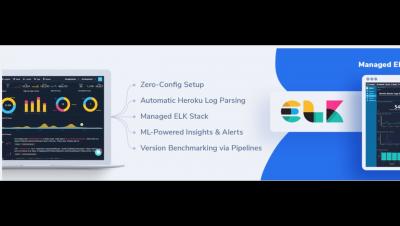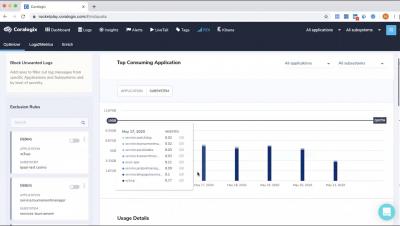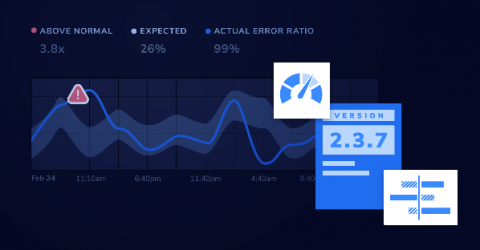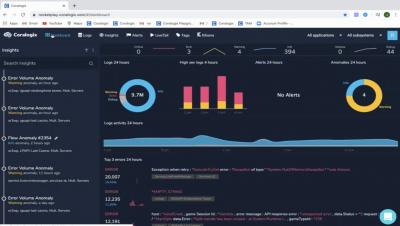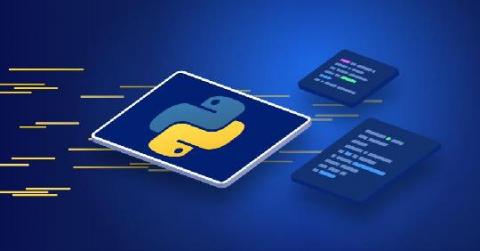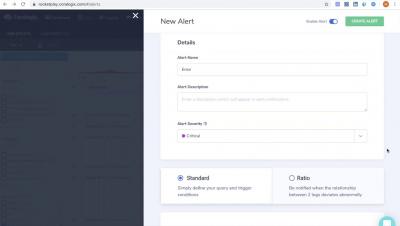Operations | Monitoring | ITSM | DevOps | Cloud
May 2020
Quota Optimizer
How DevOps Monitoring Impacts Your Organization
DevOps monitoring didn’t simply become part of the collective engineering consciousness. It was built, brick by brick, by practices that have continued to grow and flourish with each new technological innovation. Have you ever been forced to sit back in your chair, your phone buzzing incessantly, SSH windows and half-written commands dashing across your screen, and admit that you’re completely stumped? Nothing is behaving as it should and your investigations have been utterly fruitless.
Coralogix Quick Demo April 2020
Python Logging - The Ultimate Guide
This guide is focused on how to log in Python using the built-in support for logging. It introduces various concepts that are relevant to understanding Python logging, discusses the corresponding logging APIs in Python and how to use them, and presents best practices and performance considerations for using these APIs.
Webinar: Logging Best Practices in the CI/CD Era
Morgan NPM Logger - The Beginner's Guide
In this guide, we’ll cover how you can use Morgan npm to log requests and other aspects of your web application built on Express (or any of the similarly architected frameworks around). So what can Morgan do for you? And when would you need it? As you’ll see in a second if you’re working with Express or a similar framework (such as restify) you’ll have the need to log incoming information about the requests, this framework was designed specifically for that, just keep reading.
Heroku Logs - The Complete Guide
Platforms like Heroku give you the freedom to focus on building great applications rather than getting lost setting up and maintaining infrastructure. One of the many great features of working with it is the Heroku logs that enable monitoring your stack error troubleshooting. It helps speed up the process when things go wrong. In this Heroku tutorial, we’ll uncover best practices for making the most of Heroku logs.
Coralogix Dynamic threshold alerts
Fastly Logs Insights
This tutorial will show you how can Coralogix provide analytics and insights for the Fastly logs you ship to Coralogix, both performance, and security.


